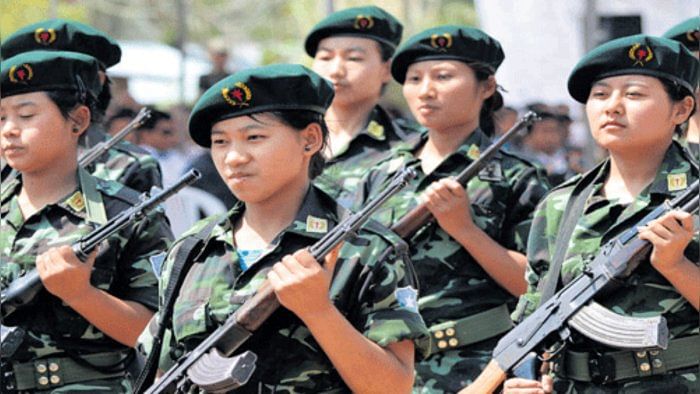
The decision to resume negotiations between the Nationalist Socialist Council of Nagaland (Isak-Muivah faction) and the government breaks an impasse that has persisted for over three years. The NSCN (I-M) and other Naga groups belonging to the Naga National Political Groups (NNPG), which is an umbrella body, declared last week that they were ready to restart the dialogue “in order to move forward”. Moving forward is important for all sides because there should be an end to the country’s oldest insurgency. It has moved forward and changed its character in the 75 years since the then Naga National Council under ZA Phizo declared independence for Nagaland on August 14, 1947. New leaders and new organisations have emerged since then. Though the NSCN (I-M) is the main group now, there are others also with varying views and demands. The NSCN (I-M) entered into a ceasefire agreement with the government in 1997, which has more or less held, but the insurgency is still alive.
The Framework Agreement signed between the government and the NSCN (I-M) in 2015 after prolonged talks was expected to serve as the basis of a final settlement. There was even a timeline for it, and it had generated a lot of optimism. But the talks were discontinued in October 2019 as there was apparently no meeting point on some issues. One was the Naga groups’ demand for a Greater Nagalim as a homeland for all Naga people. This could not be accepted as it was unacceptable to neighbouring states. Another demand was for a separate flag and a constitution for Nagaland. This too would be problematic in a country where there are many sub-nationalist sentiments at work. The Naga groups had said that they would not compromise on these issues.
There were other contentious matters also, as could be expected in a long-drawn process of negotiations involving issues like identity and sovereignty. But it is in the interest of both sides to put an end to the stalemate and arrive at a solution. The emergence of splinter groups in the past many years is considered to have weakened the insurgency. But it has also posed difficulties because the government now has to deal with many factions. There are signs that the younger generation in Nagaland wants an early solution. The central government also seems keen to restart the negotiation process as it told Nagaland Chief Minister Neiphiu Rio to persuade the rebels to come back to the table. There is much secrecy about many aspects of the talks, but hopefully they will move toward a positive outcome.